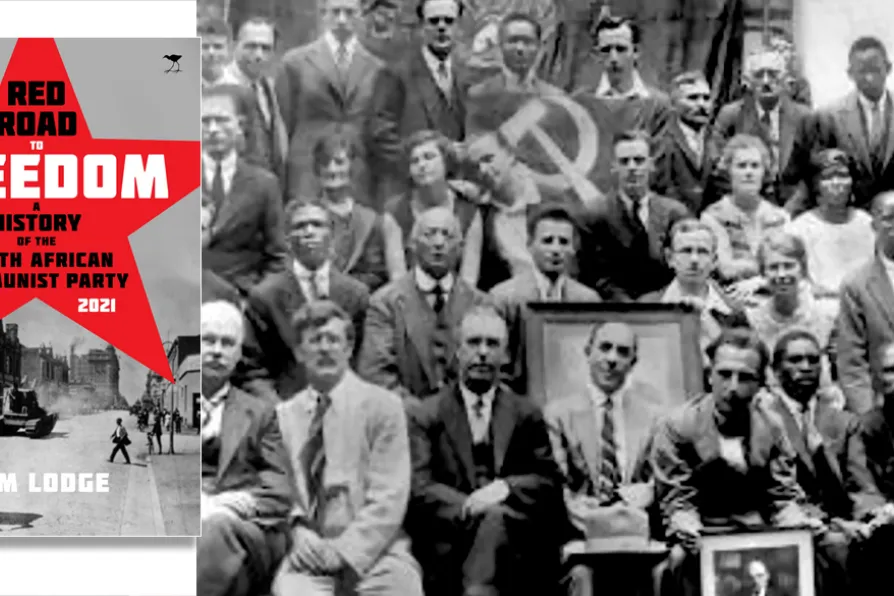MARJORIE MAYO recommends an accessible and unsettling novel that uses a true incident of death in the Channel to raise questions of wider moral responsibility

 CPSA leadership meets in Cape Town in 1930. (L to R) bottom row: Bill Andrews, WH Harrison, Sidney Bunting. Johnny Gomas holds Lenin portrait. Second row: Gana Makabeni (above Harrison), Rebecca Bunting (third row fourth from right), Douglas Wolton (top row fourth from right)
CPSA leadership meets in Cape Town in 1930. (L to R) bottom row: Bill Andrews, WH Harrison, Sidney Bunting. Johnny Gomas holds Lenin portrait. Second row: Gana Makabeni (above Harrison), Rebecca Bunting (third row fourth from right), Douglas Wolton (top row fourth from right)
Red Road to Freedom: A history of the South African Communist Party 1921-2021
by Tom Lodge
James Currey £70
BUILDING on earlier seminal texts such as RE Simons’s voluminous Class and Colour in South Africa and Michael Harmel’s more celebratory account Fifty Fighting Years, Tom Lodge’s latest work is a monumental, fascinating and painstakingly researched book that provides by far the most up-to-date and comprehensive history of the South African Communist Party.
Unlike liberal and Trotskyist commentators, Lodge also emerges as a critical but undoubtedly sympathetic observer who skilfully captures a dramatic and compelling story that has film-like qualities.
Lodge kicks off his book by demonstrating how the organised left in South Africa can effectively date its history back to the 1890s, a period in which a myriad of socialist, anarchist and syndicalist organisations began to be formed.













